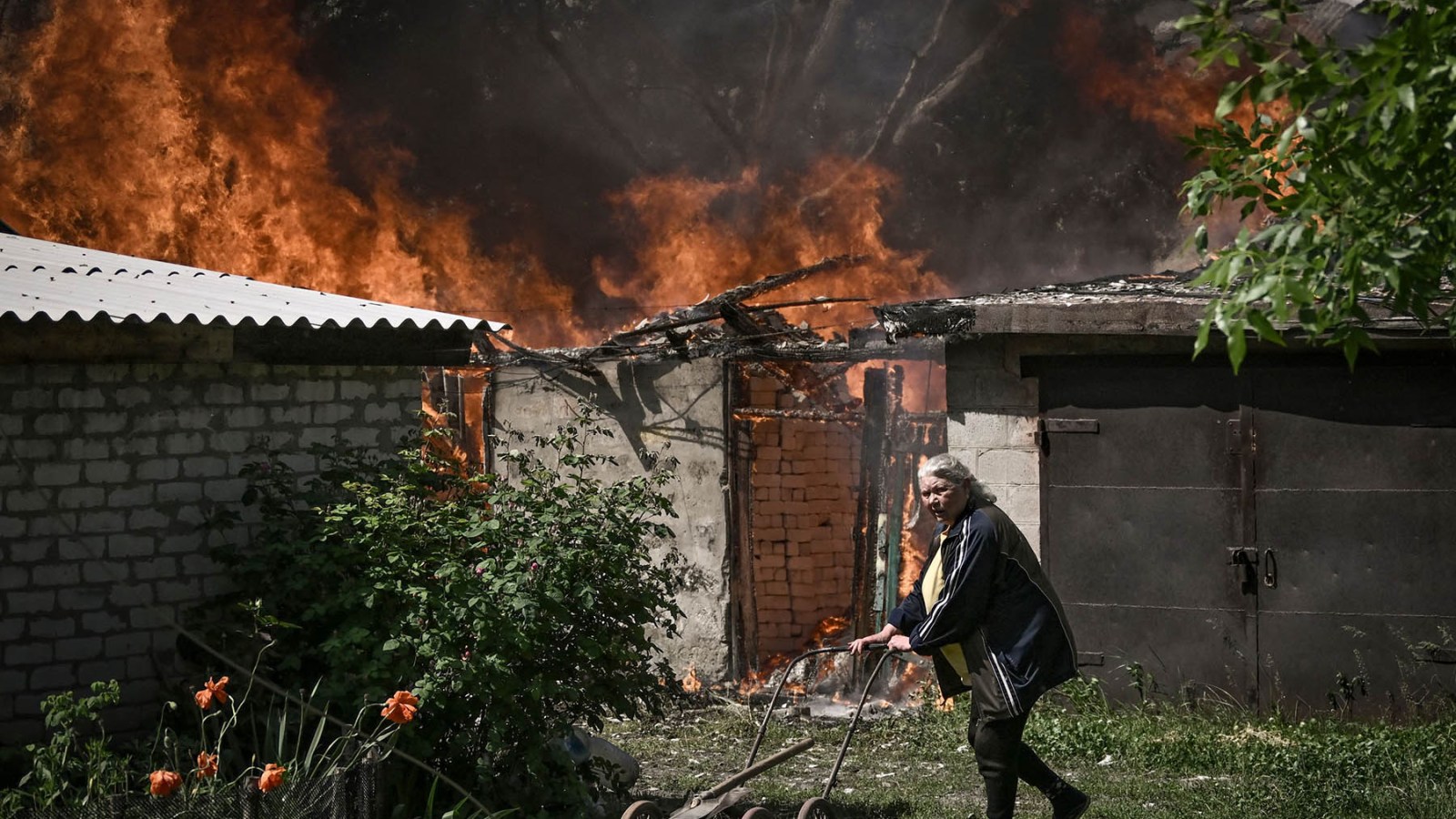Kuulu historioitsija Timothy Snyder täräytti äskettäin The New York Timesissa: ”Meidän pitää sanoa se. Venäjä on fasistinen. (siirryt toiseen palveluun)”
Kielenkäyttöön on jopa ilmaantunut russofasistia tarkoittava uudissana (siirryt toiseen palveluun) ”rashisti” (siirryt toiseen palveluun).
Nykyään ”fasisti” on monikäyttöinen haukkumasana. Kuka tahansa öykkäröivä ääliö on ”fasisti”. Snyder puhuu kuitenkin fasismista sanan historiallisessa mielessä (siirryt toiseen palveluun). Sen merkitys löytyy sadan vuoden takaisesta Italiasta ja Benito Mussolinin fasistipuolueesta.
Kari Enqvistin kolumni: Armottoman hyökkäyssodan riehuessa Ukrainassa on parasta sanoa f-sana ääneen
Demokratian ja sananvapauden halveksunta, voimapolitiikan ihannointi ja länsimaiden demonisointi olivat ja ovat edelleen fasistisen ajattelun tunnusmerkkejä, kirjoittaa Enqvist.









